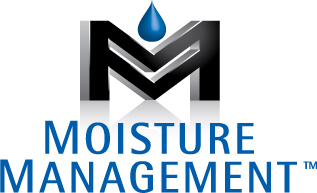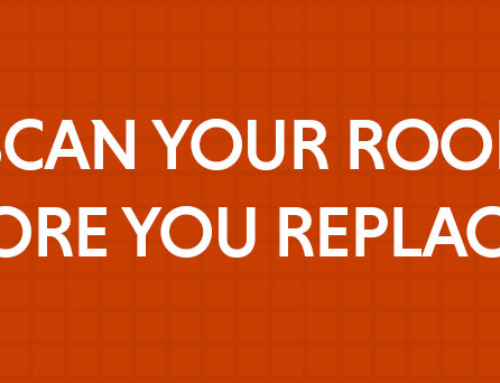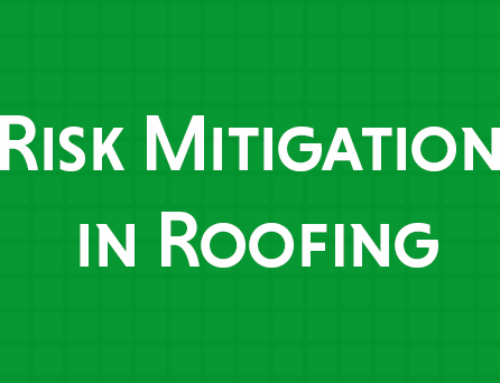When shopping for a new roof, buyers primarily consider the upfront price tag, which often means choosing the lowest quote. Sadly, not all roofers perform the same quality of work and not all manufacturers provide the same quality of products.
The end result is that you are paying money for an inferior roof, so you end up frustrated by the lack of quality and longevity of the installed roof. Over time, you end up paying more money in maintenance and related costs.
In general, the roofing industry has not done a good job explaining the risks and liabilities of having a dysfunctional roofing system on a commercial or school building. Here are some of the additional costs that go into the true price of your roofing system—and how they can be mitigated.
Leak Damage
Not surprisingly, the shoddy work of unskilled contractors results in leaks. Not only do you have the cost of repairing that damage, but you have the additional cost of reparations.
For every dollar of roof repair cost, there is typically a $50 cost associated with consequential damages to the building’s interior and contents. Additionally, the impact of having wet roofing and wall insulation wastes energy, which can also prove to be costly. If these costs were accounted for correctly, most schools and/or companies would easily see how these nickel and dime repairs add to the total cost of their roofs.
The thing is, these systems don’t fail overnight. Damage progression can be predicted (and evaded) if an expert is consulted for preventative maintenance. When this important endeavor is put off, simple fixes have the potential to become big issues, forcing you into a costly replacement.
Waiting until something breaks is always the most costly approach; thus, performing preventative maintenance can save you time, effort, and money. Really, unless there is an unexpected crisis (like a tornado, fire, etc), emergency responses can be avoided altogether.
Lack of Information
Building maintenance is often put on the back burner due to budget tightening. One of the major reasons Facility Managers do not get adequate funding for their roofs is a lack of good information and documentation. Given that roofing is one of the largest expense items in most building operating budgets (along with HVAC and parking lots), the general lack of this basic information is inexcusable.
Decision-makers want to know all of their options (good, better, best) when considering roofing issues. But even so, the biggest question remains: What does it cost if I do it, and what does it cost if I don’t?
If you are not already seeing the trend, most organizations are expecting more out of their Facilities Managers. School corporations, property managers, and companies want proactive initiatives, not reactive crisis management.
The good news is there are professional service companies specializing in roof management that can help. The best of these companies utilize state-of-the-art software to collect and manage client information.
Some of the data that can be available is:
- A thorough roof condition survey report
- A CAD drawing of the roof area, with individual roof section details (like square footages and Roof Condition Index rating)
- Notes of all roof deficiencies marked on the roof plan (complete with photos)
- Detailed repair or replacement budget reports
- A running total of all your repair costs for the year
- A scope of work summary or a comprehensive Design Package for any major work or re-roofing project
- A complete project management service for any major projects
Keep in mind that all of this information is visible to you and any of your staff through a website portal that is available 24/7 online, anywhere you have computer access.
Having a roof management program eliminates stacks of papers on your desk—but, more importantly, you are given a powerful tool that empowers you to track expenditures and budgets so you will always know how much your roof is costing you.
Remember, our corporate motto: “if it is predictable, then it is preventable”. Want to learn more? Contact Moisture Management today.







Leave A Comment
You must be logged in to post a comment.